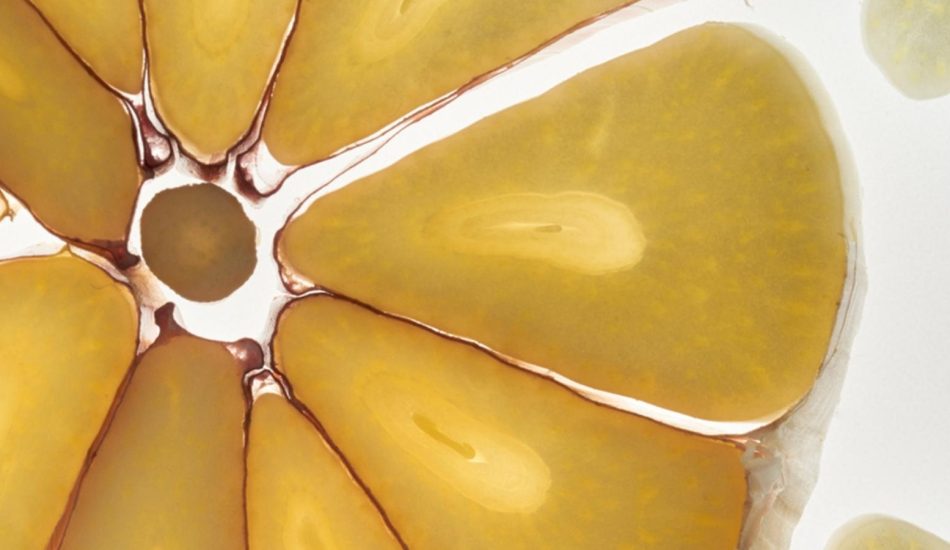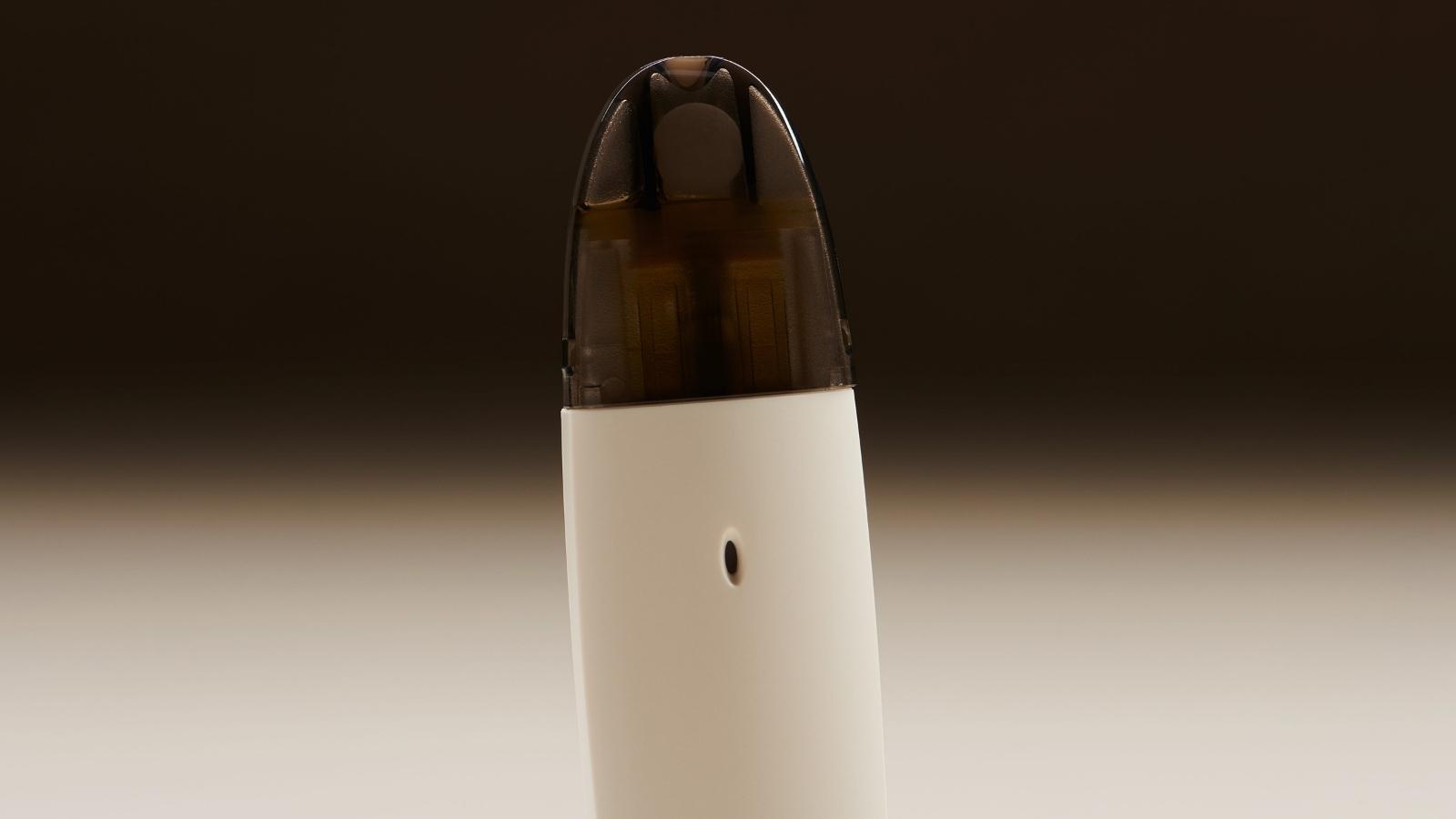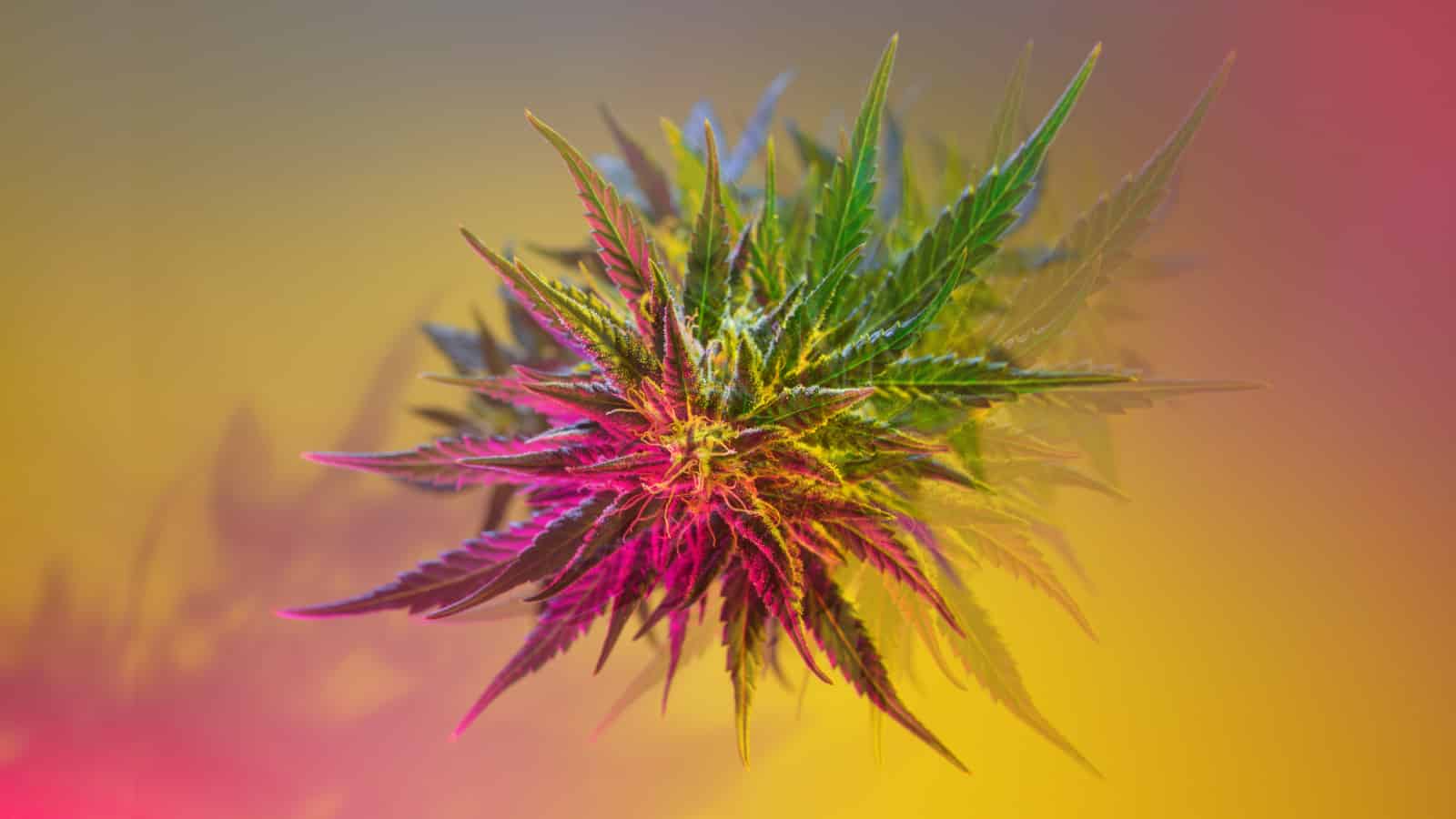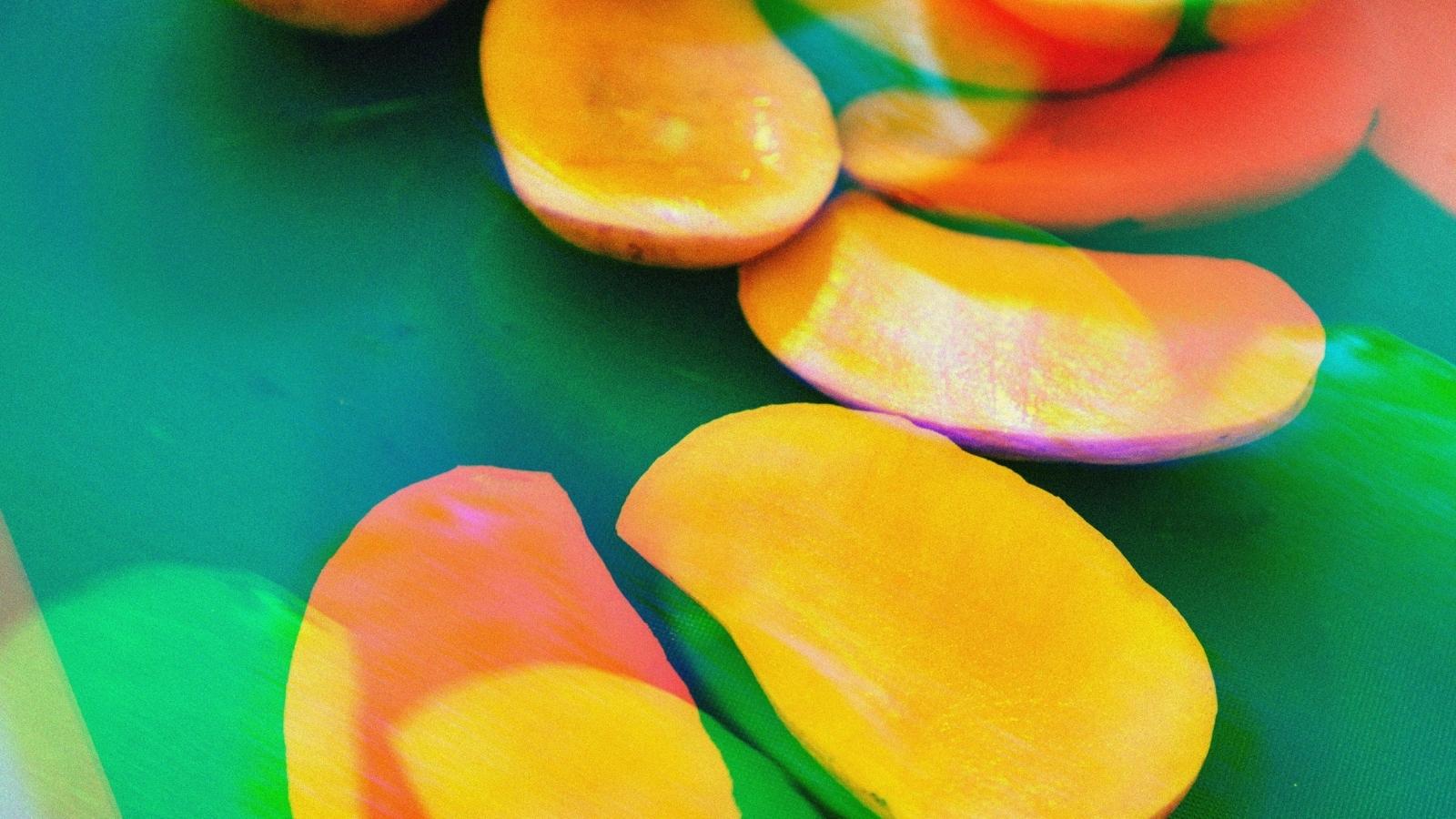The botanical world is teeming with aromas and flavors that are complex, delicate, attractive, and invigorating. They are stimulating, arousing, energizing, relaxing, and just simply pleasing. And yes, some are not-so-pleasant, like the odiferous aroma of a skunk’s spray. Well, unless you like strains like Sour Diesel and Super Skunk.
Whether pleasing or repugnant, all of the scents are thanks to terpenes. Terpenes are fragile compounds in plants, herbs, fruits, and trees that provide their unique aroma. You will find terpenes in many foods and spices in your cupboard and especially concentrated in cannabis. In cannabis, the terpenes grow in the glistening trichomes and burst with aroma once ripened.
Caryophyllene Overview
Best known for being the spicy terpene, caryophyllene is an aromatic sesquiterpene found in many spices, herbs, and cannabis strains. It not only adds dimension to the flavor and aroma of cannabis, but it also provides effects and benefits when ingested alongside other cannabinoids and terpenes.
How to Pronounce Caryophyllene
It might be a mouthful, but fortunately, most sources agree on the pronunciation. This five-syllable terpene is pronounced: [kar-ee-o-phyl-leen].
What Is Caryophyllene?
Caryophyllene is unique because it is the only terpene that binds directly to cannabinoid receptors. These receptors, called CB1 and CB2, are a part of the body’s endocannabinoid system (ECS). This system is responsible for modulating many of the body’s functions, such as immunity, digestion, temperature regulation, mood, and sleep cycles.
The CB1 receptors are located throughout the brain and central nervous system, and the CB2 receptors are largely found in the peripheral nervous system and organs. Cannabinoids tend to have an affinity to one receptor or the other. For example, THC binds to the CB1 receptors, causing the psychoactive and euphoric effects associated with marijuana.
Caryophyllene binds to CB2, which does not produce psychoactive effects or boost the effects of THC, as many other terpenes do. Because it behaves like a cannabinoid in relationship to the ECS, caryophyllene has immense potential to provide many therapeutic and medicinal benefits. The CB2 receptors are typically associated with reducing inflammation, easing pain, and battling insomnia.
As an essential oil, it is often added to pre-mixed cooking spices and oils and is in many bath and body care products.
What Is Beta-Caryophyllene?
There is no difference between beta-caryophyllene (or β-Caryophyllene) and caryophyllene. In fact, they are two names for the same terpene. However, when talking about cannabis, we often drop the ‘beta’ and stick with just caryophyllene.
Common Caryophyllene Effects
Both terpenes and cannabinoids are responsible for a strain’s specific effects. Because caryophyllene acts as both, it has particularly strong effects when present as a strain’s dominant terpene. In addition to its anti-cancer, antioxidant, and antimicrobial properties, caryophyllene has been shown to help with:
- Improve Bone Health: Caryophyllene showed promising results in a study on osteoporosis. In mice samples, it helped re-mineralize bones while reducing bone breakdown.
- Reduce Pain and Inflammation: Caryophyllene is a beneficial terpene for topicals because it acts as a local anesthetic. Without the propensity for addiction, it also helps the brain release the same endorphins associated with using morphine.
- Alcohol Addiction Treatment: Several studies suggest that consuming caryophyllene can reduce one’s desire to consume alcohol. This would be a huge win for cannabis if strains high in this terpene could offer treatment against alcohol addiction.
With its dual ability to work as a terpene and a cannabinoid, it just might be the most powerful terpene. As research evolves, it’s hopeful that cannabis medicine will continue to see the recognition it deserves.

Caryophyllene Flavors & Aroma
The caryophyllene flavor and aroma are unforgettable. Its taste and smell are nearly identical, making it easily identifiable in strains dominated by this zesty terps.
What Does Caryophyllene Taste Like?
Caryophyllene is spicy and peppery in the form of black pepper, clove, or rosemary. In allspice or fig, it takes on a bit of sweetness. It contains a warmth to it, as you’d expect from a tea made with cinnamon and cloves with a touch of black pepper.
What Does Caryophyllene Smell Like?
Much like its dominant taste, the smell is also spicy. Imagine the scent of freshly cracked pepper—that is the essence of caryophyllene.
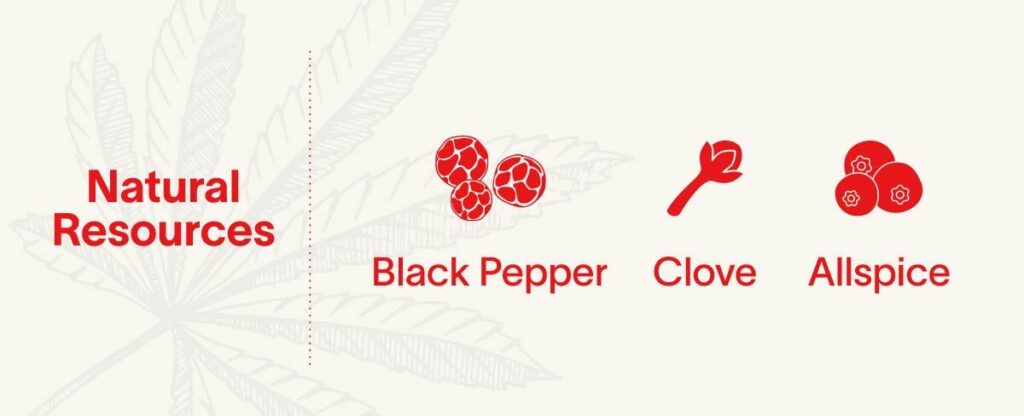
Foods & Herbs with Caryophyllene
You will find this terpene in the spice rack more often than in the refrigerator. Likely, you are already consuming some if you like to cook at home. Here are a few foods, herbs, and spices containing caryophyllene:
- Clove
- Black Pepper
- Rosemary
- Basil
- Cinnamon
- Black Caraway
- Lavender
- Allspice
- Thyme
- Marjoram
- Hops
Caryophyllene is a natural anti-inflammatory agent, and it’s no surprise that black pepper is usually combined with turmeric to help increase its anti-inflammatory benefits.
High Caryophyllene Strains
There are plenty of high caryophyllene strains, and many Kush, Diesel, or OG strains will have measurable amounts. A few of our favorite strains with high caryophyllene content are:
- White Buffalo
- Guava Zkittlez
- Gorilla Cookies
- Sunset Sherbert
- Watermelon Gelato
- OG Kush
- Sour Diesel
There are several crosses of these genetics with high levels of this bright, juicy terpene so just ask your budtender what they recommend if you’d like to try something new.

